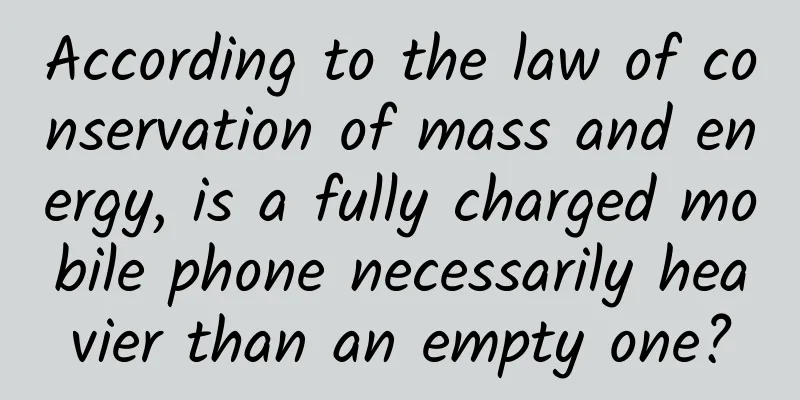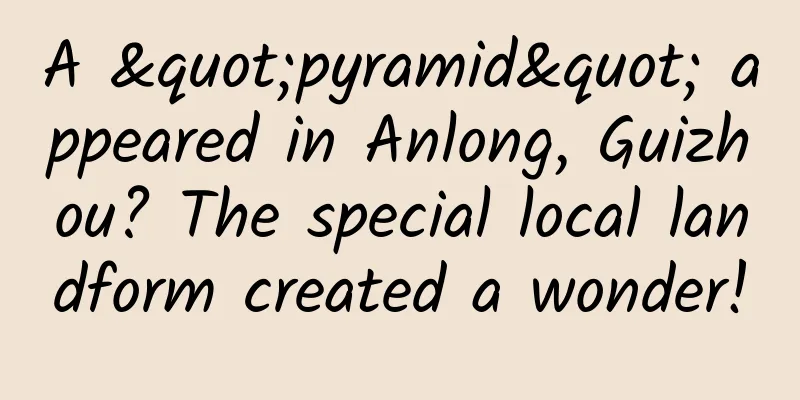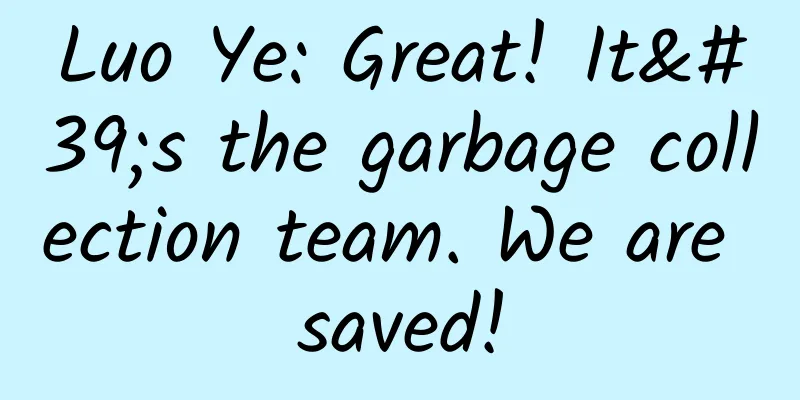According to the law of conservation of mass and energy, is a fully charged mobile phone necessarily heavier than an empty one?

|
For a long time, scientists hesitated between the conservation of mass and the conservation of energy. It was not until Einstein proposed the mass-energy equation that people finally stopped being entangled between mass and energy because they understood that the two were essentially the same, and thus the conservation of mass and energy came into being. Since mass and energy are conserved, and mass and energy are essentially the same thing, then a fully charged mobile phone must be heavier than an uncharged one, right? It is indeed the case. Let's take a look at the mass-energy equation: E=mc∧2. In this formula, E represents energy, m represents mass, and c∧2 is the square of the speed of light. The speed of light is constant relative to any reference frame, so there are only two variables in this formula, namely mass and energy. Obviously, the two are closely related. If one increases, the other will also increase, and if one decreases, the other will also decrease. The E in the mass-energy equation represents the total energy of an object. The total energy of an object is composed of multiple parts. For example, the kinetic energy and gravitational potential energy we usually talk about are all components of the energy of an object. When a mobile phone changes from an empty state to a fully charged state, the electric energy contained is different, which means that the total energy of a fully charged mobile phone increases. Therefore, according to the mass-energy equation, the mass of the mobile phone must also increase. By the same token, relative to the ground, a mobile phone placed on the 10th floor is heavier than a mobile phone placed on the ground, because the former has greater gravitational potential energy, and therefore has greater total energy, so the mass will also increase accordingly. For another example, if you throw your mobile phone out, it will be heavier than when it is in your pocket, because its kinetic energy increases at this time, so the mass also increases accordingly. Since a fully charged phone is heavier than a dead one, why don’t we feel it? This is because although a fully charged mobile phone is heavier, the mass added by this little bit of electricity is so small that it cannot be felt or measured. You may ask this question: All of this is based on the mass-energy equation, so how can we be sure that the mass-energy equation is correct? In fact, more than 100 years ago, Einstein used a simple thought experiment to prove the mass-energy equation. The reason for using a thought experiment was that it was impossible to conduct this experiment in reality due to the technical conditions at the time. Einstein's thought experiment is very simple. It assumes that there is a closed box with a light source on one side of the box. Assume that this light source is located on the left side of the box. When this light source is turned on, it will emit a photon to the right. Emitting a photon to the right is equivalent to applying a force to the right. According to the principle of conservation of momentum, the box will be subjected to a force of equal magnitude and opposite direction, which means that the box will move to the left due to the reaction force. The momentum of a photon is equal to the energy of the photon divided by the speed of light. We assume that the energy of the photon is E, then the momentum of the photon P(light) is equal to E/C. According to the principle of conservation of momentum, the momentum of the box should be the same as that of the photon, but in the opposite direction, so P(box) is also equal to E/C. Photons move at the speed of light, so how fast does the box move? It is easy to calculate. The moving speed V of the box is equal to the momentum of the box divided by the mass of the box, that is, V(box) = P(box) / M(box). Based on the above known parts, we can draw the following conclusion: V(box)=P(box)/M(box)=E/M(box)C. The photon starts from the left side of the box and moves to the right side of the box. The distance it moves is equal to the length of the box, which we set as L. The distance the photon moves is obvious, so how much distance the box moves? The distance the box moves is equal to the box's moving speed V (box) multiplied by the time it moves. The box's moving time is equal to the photon's moving time, and the photon's moving time is the moving distance L divided by the speed of light C, so the box's moving distance is equal to V (box) multiplied by L/C. V (box) can be expressed as E/M (box) C, so the box's moving distance is E/M (box) C multiplied by L/C, that is: EL/M (box) C∧2. The law of conservation of momentum tells us that the momentum of the two forces is equal, and the momentum of an object is equal to the mass of the object multiplied by its velocity. Based on this principle, we can go a step further. Not only is the mass of an object multiplied by its velocity conserved, but the mass of an object multiplied by its moving distance should also be conserved. According to this theory, the mass of a photon M (light) multiplied by the moving distance L should be equal to the mass of the box M (box) multiplied by the moving distance of the box, so it can be expressed as: M (light) L = M (box) X EL / M (box) C ∧ 2. Simplifying this equation, it becomes E = M (light) C ∧ 2. So far, the mass-energy equation has been proven. Now we don't have to doubt it anymore. A fully charged mobile phone is heavier than an uncharged one. For more information, please follow the official account: sunmonarch |
<<: What? Hail loves to check in at the Qinghai-Tibet Plateau?
>>: Why is it so easy to gain weight, but so difficult to lose weight?
Recommend
Ideal Auto: In the 51st week of 2023, Ideal Auto's sales reached 11,300 vehicles, a record high
Ideal Auto released the sales list for the 51st w...
Brand marketing, how does Okamoto capture consumers?
In the context of consumption upgrading, Okamoto ...
Costs are reduced by 50%, here are tips for placing OCPC information flow ads!
As the end of the year draws closer, optimizers a...
All the copywriting skills were learned in junior high school!
The articles I write are more about copywriting c...
100 yuan per account! A gang used a face-changing app to "revive" tens of thousands of restricted WeChat accounts
Turn on the camera and use the software to simula...
How to do data analysis for information flow promotion? Avoid these 4 pitfalls!
If you work in bidding, how can you grow into a p...
How much does it cost to develop a shopping mall mini program in Liaocheng?
There is no fixed price for the development of th...
WeChat reading product operation analysis!
Coinciding with World Book Day, this article prov...
Linus Torvalds sends an open letter: blasting the Google Mail team
I've praised your spam filters before, but I&...
What is the meaning of "fighting fire with fire" in forest fire rescue? Won't it make the fire bigger?
On May 12, 2023, the Science Popularization China...
Teacher Xiaojing's "Grammar of Live Selling Courses" Template + Formulaized Course Sales and Monetization Method
Training course content: Teacher Xiaojing’s gramm...
One move to win? Can the curved screen Note Edge save Samsung?
Compared to ordinary users' expectations for ...
Is Meizu mobile phone still alive? Does it have a chance to rise again?
On Weibo, there is a classic question with a play...
0.1mm "bear" is expected to help humans realize space travel
Author: Duan Yuechu and Huang Xianghong A tardigr...
Interpreting ASP.NET 5 & MVC6 Series (14): View Component
In previous MVC, we often need a function similar...









